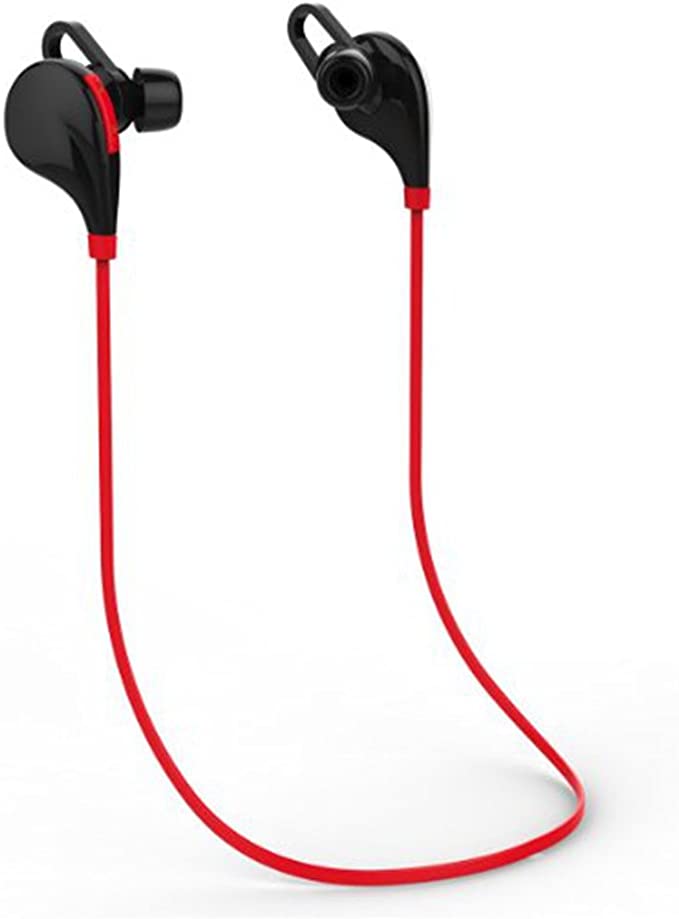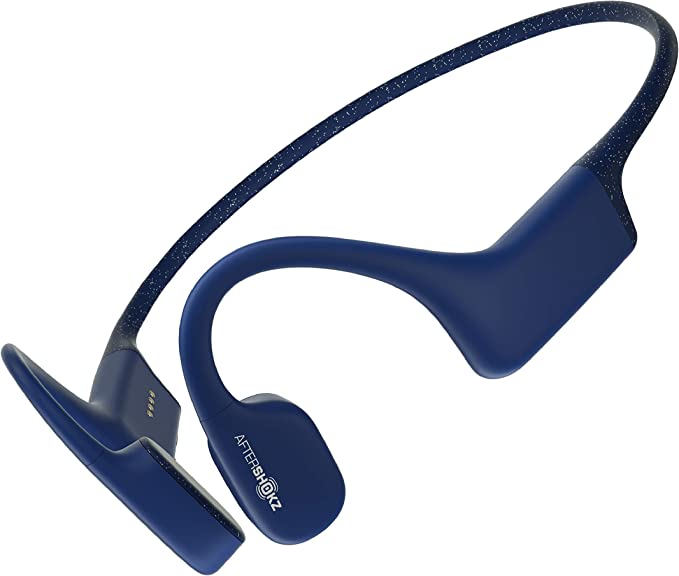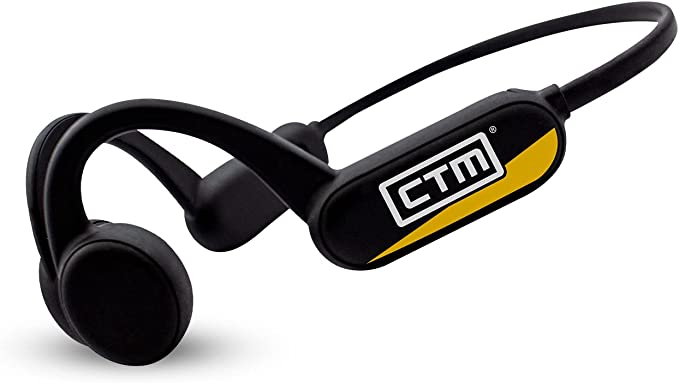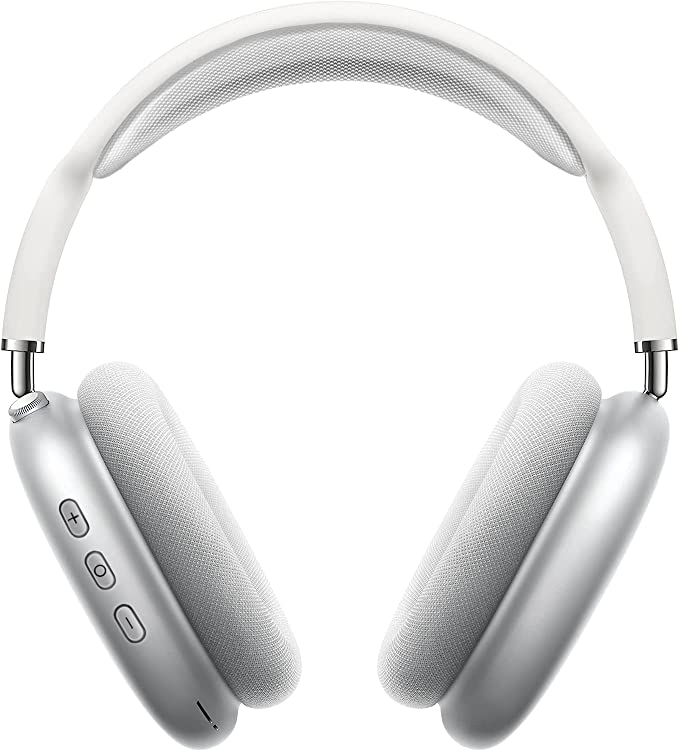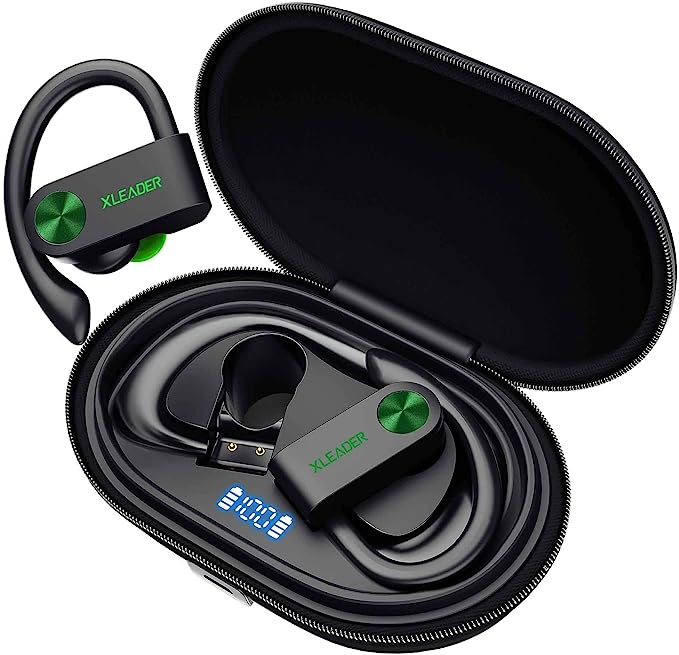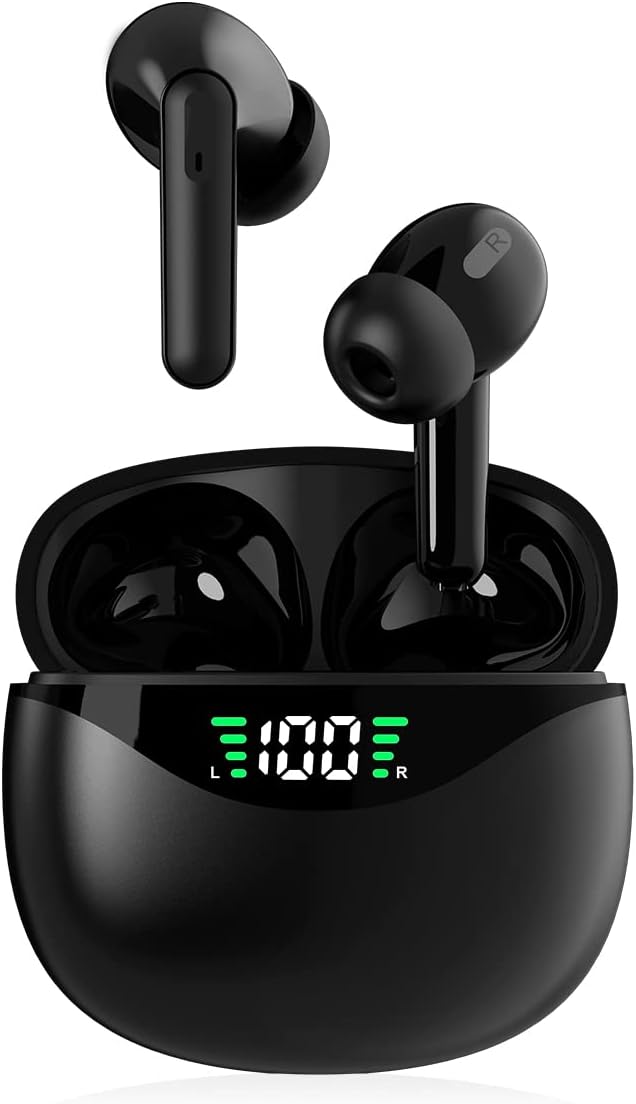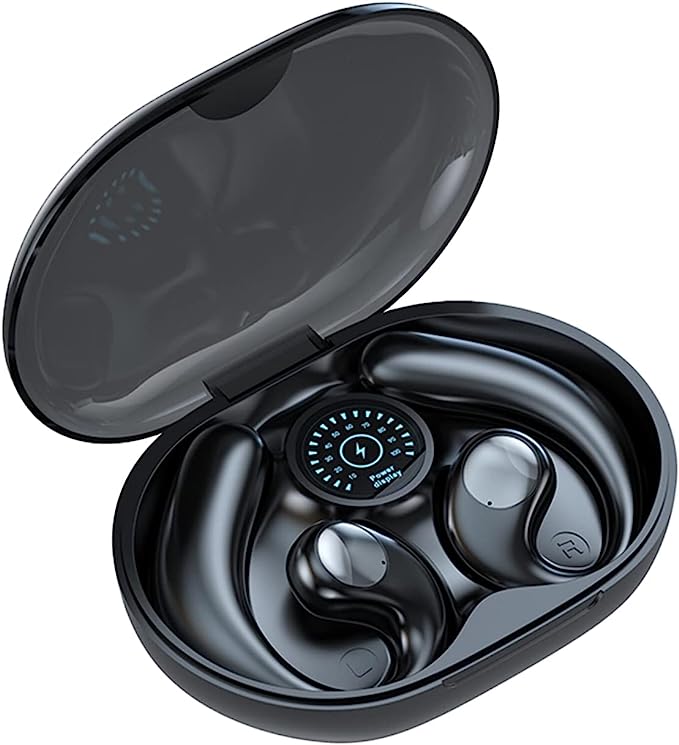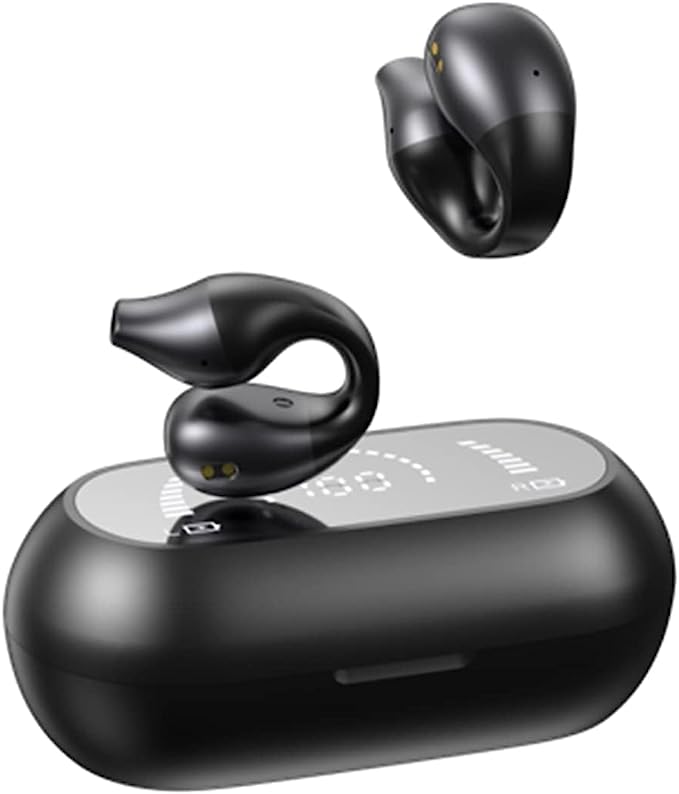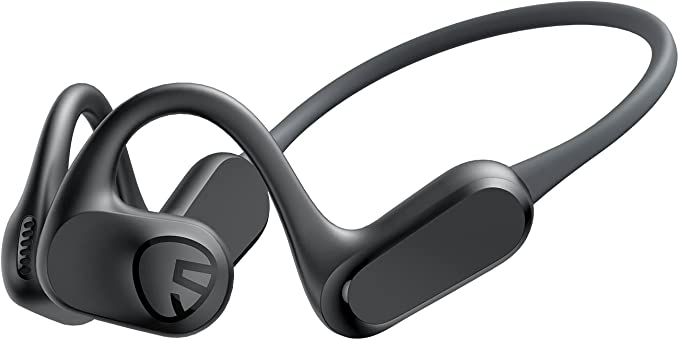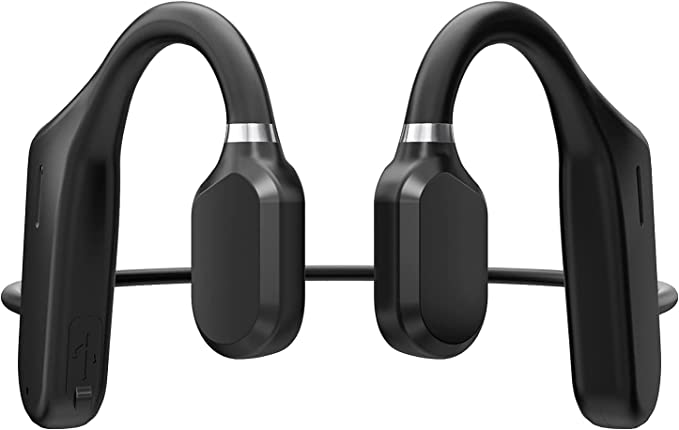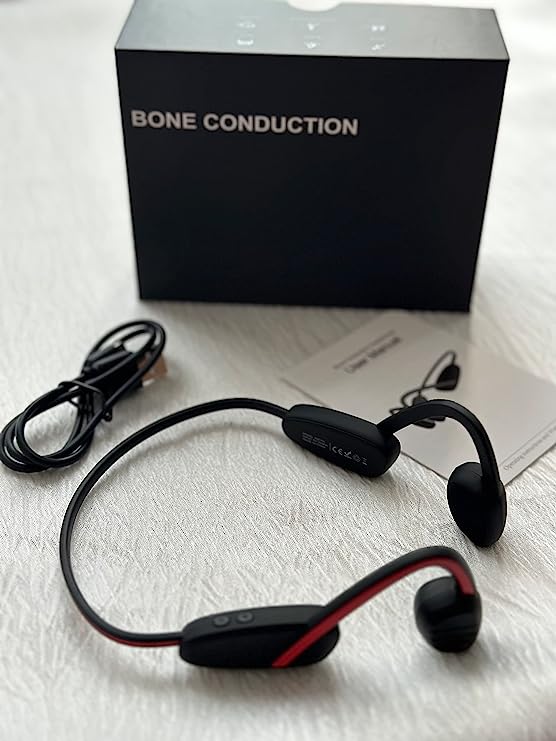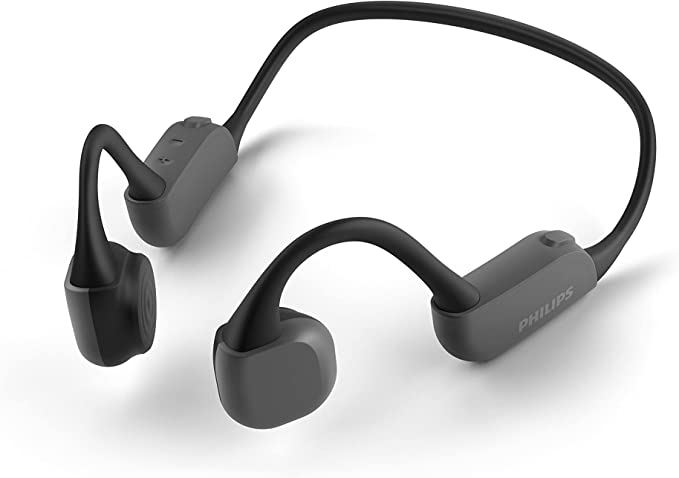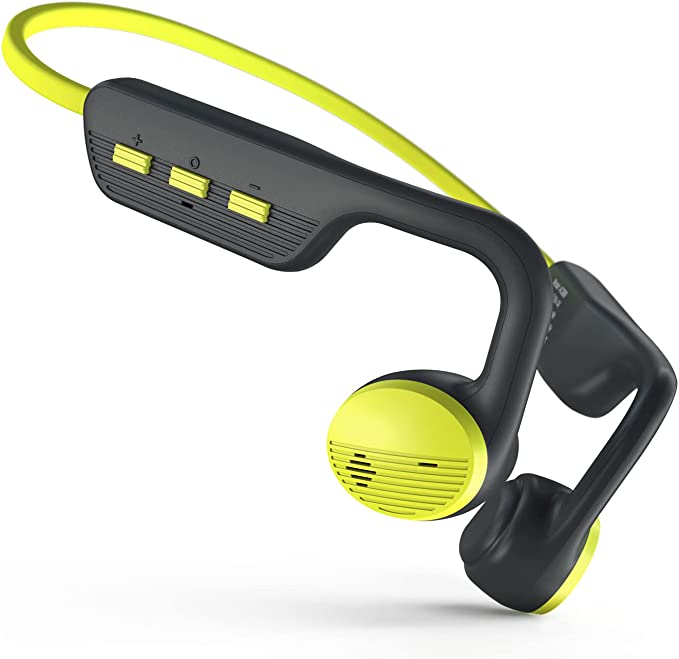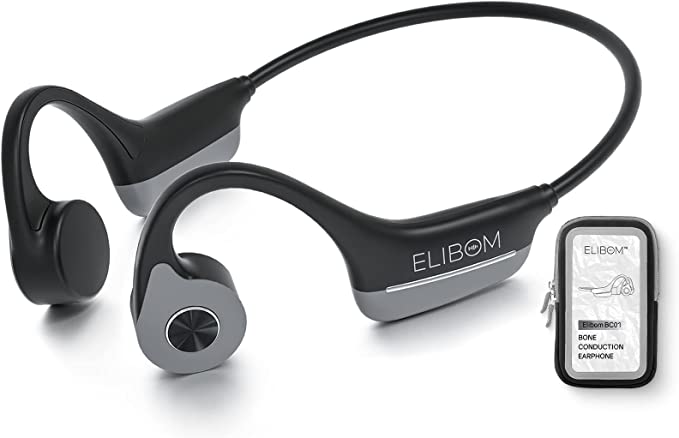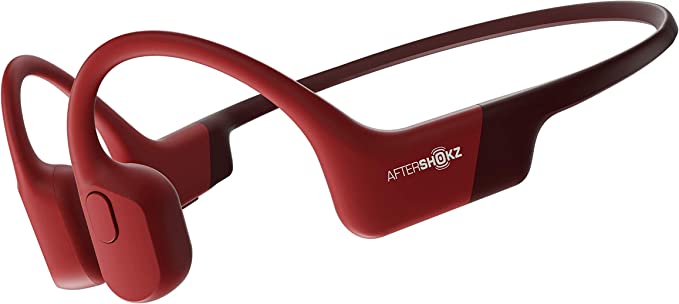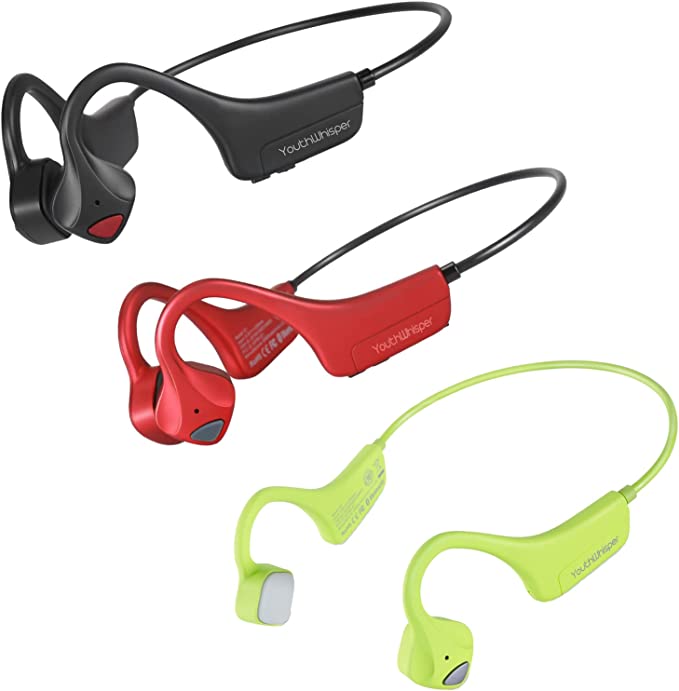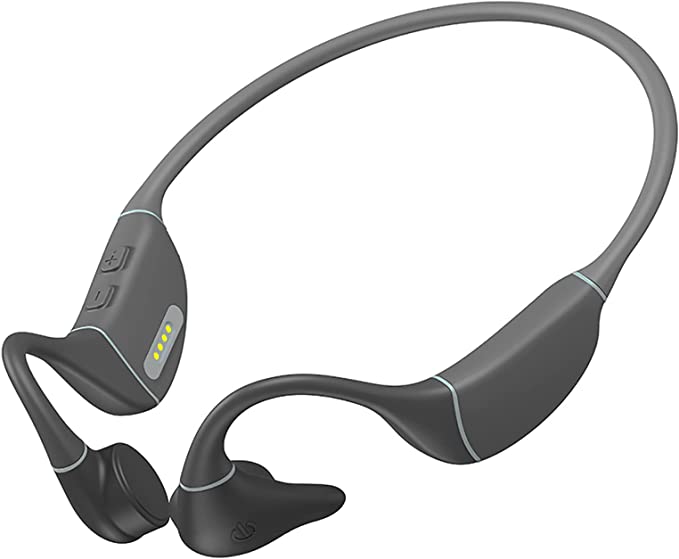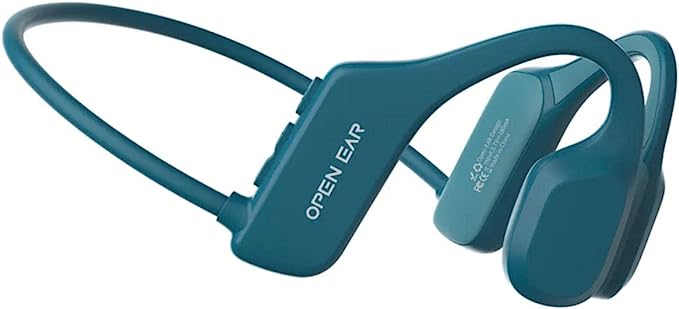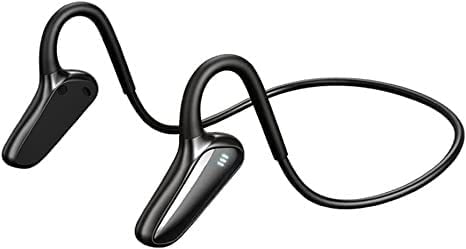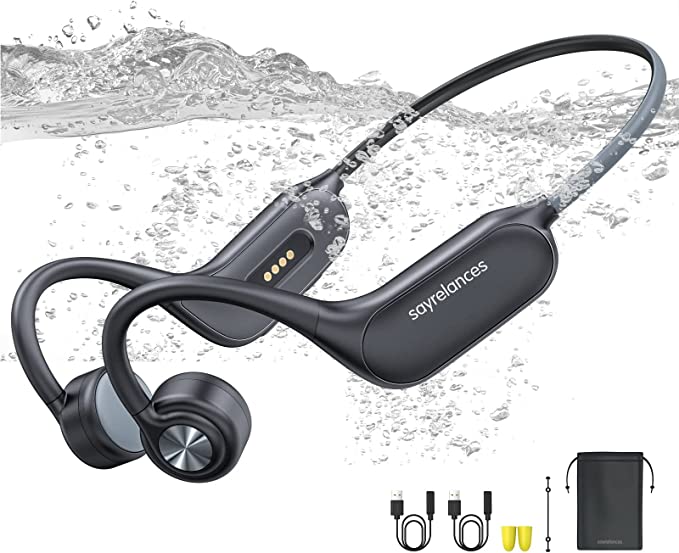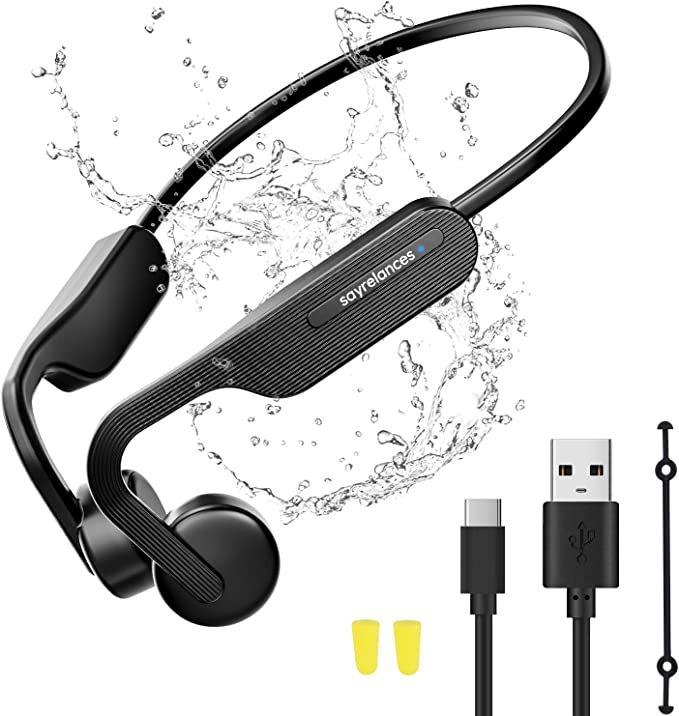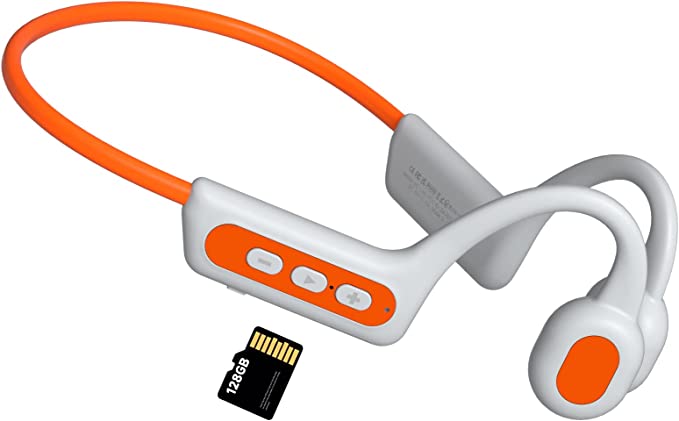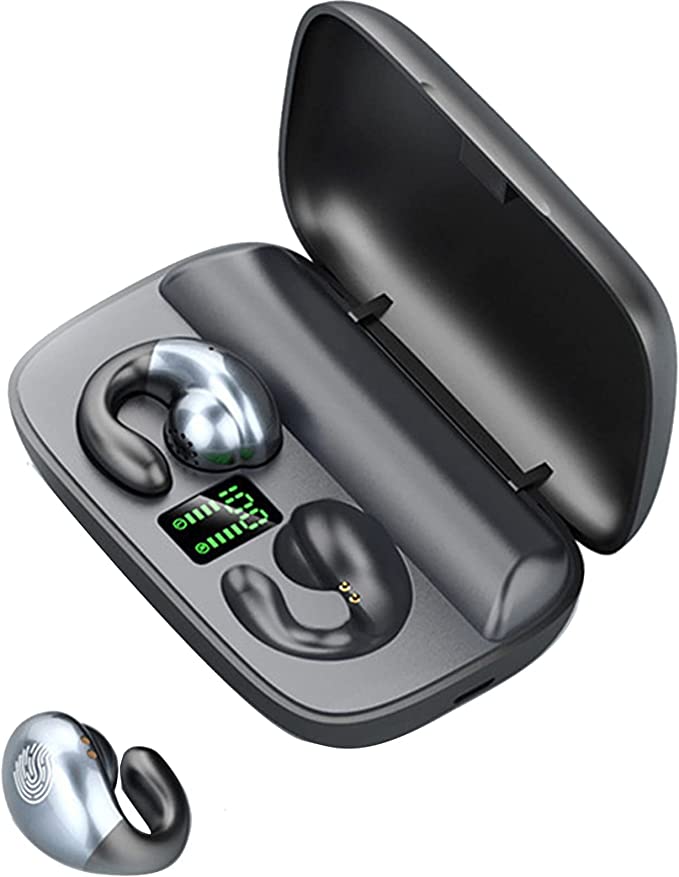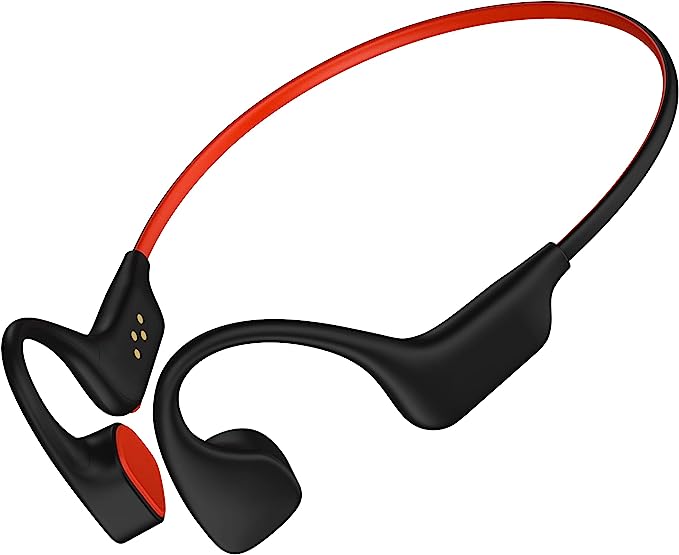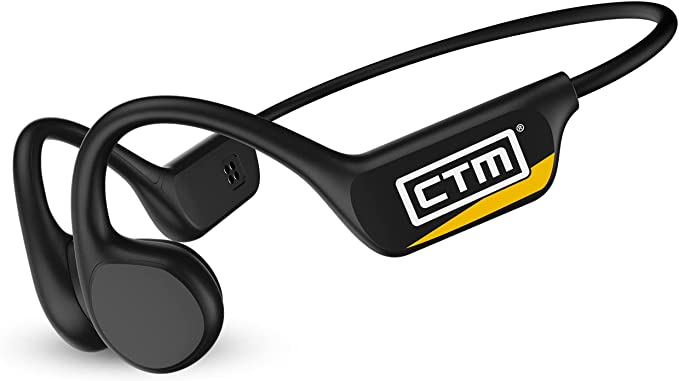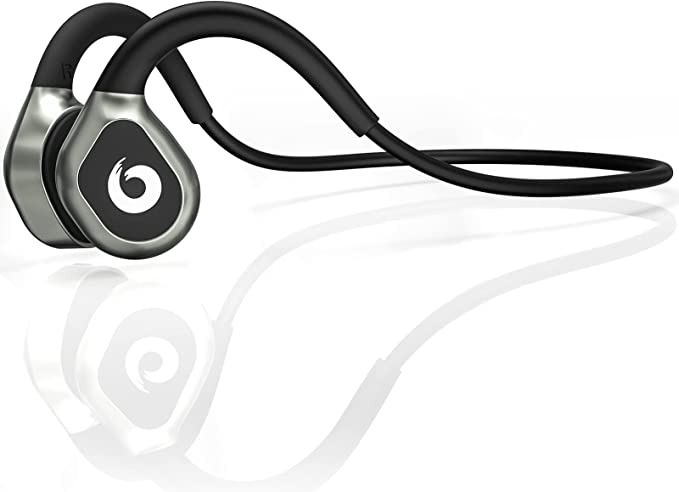CHENSIVE X50 Pro Bone Conduction Headphones: Hear Your Music, Stay Aware
Update on Feb. 22, 2025, 9:37 a.m.
Have you ever heard the story about Ludwig van Beethoven, the famous composer who lost his hearing? Legend has it that he found a way to “hear” his piano by biting down on a wooden rod attached to the instrument. While the specifics might be debated, the underlying principle is surprisingly accurate: he was using bone conduction.

How Does Bone Conduction Actually Work?
We usually think of hearing as sound waves traveling through the air, funneled into our ear canals, and vibrating our eardrums. This is called air conduction. But there’s another pathway: bone conduction. Instead of going through the air, sound vibrations travel directly through the bones of your skull to your inner ear, the cochlea.
Imagine your skull as a slightly unusual, but very effective, speaker. When vibrations hit your cheekbones, for instance, they don’t just stop there. These vibrations are passed along, bone to bone, until they reach the cochlea. The cochlea, a snail-shaped organ filled with fluid and tiny hair cells, doesn’t care how the vibrations got there – whether via air or bone. It simply processes them and sends signals to your brain, which interprets them as sound.
Think of it like this: You can hear someone talking to you through a closed door, right? The sound waves are traveling through the solid door, vibrating it, and then those vibrations reach your ears. Bone conduction is similar, except the “door” is your own skull.

The Physics of Sound: Air vs. Bone
Both air conduction and bone conduction rely on the same fundamental principle: sound is vibration. However, the medium through which these vibrations travel makes a significant difference.
Air conduction is like throwing a pebble into a calm pond. The pebble creates ripples (sound waves) that spread outwards in all directions. These ripples eventually reach your eardrum, causing it to vibrate.
Bone conduction, on the other hand, is more like tapping on a solid table. The vibrations travel directly through the table (your skull) with less dispersion. This is why bone conduction can sometimes feel more “direct” or “internal.” It’s also why it’s less susceptible to external noise interference – the sound isn’t competing with as many other vibrations in the air.
The CHENSIVE X50 Pro: A Case Study in Bone Conduction Technology
The CHENSIVE X50 Pro headphones provide a practical example of how bone conduction technology is implemented. Let’s look at some of its key features, not as a product advertisement, but as a way to understand the underlying technology:
The Bluetooth 5.2 Advantage: Speed, Stability, and Efficiency
The X50 Pro uses Bluetooth 5.2, the latest iteration of this wireless communication standard. But what makes it better than previous versions? It’s all about efficiency and reliability. Bluetooth 5.2 uses a technique called “connection-oriented channels with LE (Low Energy) Coded PHY.” In plain English, this means it can transmit data more efficiently, resulting in a more stable connection, less lag (especially important for videos or games), and longer battery life for both the headphones and the connected device.

IPX5: What Does it Really Mean?
The “IPX” rating system classifies the degree of protection a device has against intrusion from solids and liquids. The “X” in IPX5 means it hasn’t been specifically tested for solid particle (like dust) protection. The “5” signifies protection against water jets. Specifically, it means the device can withstand water projected by a nozzle (6.3 mm) from any direction without harmful effects. This doesn’t mean it’s suitable for swimming (which typically requires IPX7 or IPX8), but it does mean it can handle sweat and rain with ease.
Titanium: The Perfect Material for the Job?
The frame of the X50 Pro is made of titanium. Why titanium? Several reasons:
- Lightweight: Titanium is incredibly strong for its weight, making the headphones comfortable to wear for extended periods.
- Biocompatible: Titanium is non-toxic and hypoallergenic, meaning it’s unlikely to cause skin irritation.
- Flexible and Durable: Titanium can bend and flex without breaking, making the headphones more resilient to everyday wear and tear.
- Corrosion Resistant It does not corrode easily.
Designed for Comfort and Awareness
The over-ear, open-ear design of the X50 Pro is central to the bone conduction experience. By leaving the ear canals open, users can remain aware of their surroundings. This is particularly important for activities like running, cycling, or working in environments where situational awareness is crucial. The design also eliminates the discomfort and pressure that some people experience with in-ear headphones.
A History of Hearing: From Beethoven to Bone Conduction
While bone conduction headphones might seem like a recent innovation, the principle has been recognized for centuries. As mentioned earlier, the story of Beethoven’s “hearing stick” is a popular, though possibly apocryphal, example.
More concretely, bone conduction has been used in hearing aids for many decades. Early bone conduction devices were often bulky and uncomfortable, but advancements in materials science and miniaturization have led to the sleek and lightweight headphones we see today. The technology has evolved from a niche solution for hearing impairment to a mainstream option for anyone who wants to enjoy audio while staying connected to their environment.
Who is it for?
Bone conduction excels in specific situations:
- Athletes: Runners, cyclists, and other athletes benefit from the situational awareness provided by open-ear headphones. They can hear traffic, other people, and environmental cues while still enjoying their music or podcasts.
- Outdoor Workers: Construction workers, landscapers, and others who work in noisy environments can use bone conduction headphones to communicate and stay aware of potential hazards.
- Office Workers: Bone conduction can be a good option for those who want to listen to music or podcasts without completely isolating themselves from their colleagues.
- Individuals with Certain Types of Hearing Loss: For some people with conductive hearing loss (problems with the outer or middle ear), bone conduction can provide a way to bypass the damaged parts of the ear and deliver sound directly to the inner ear. It’s crucial to consult with an audiologist to determine if bone conduction is appropriate for a specific hearing condition.
- Commuters: Whether on foot, bike, or public transport, staying aware of your surroundings is essential for safety. Bone conduction allows you to enjoy your audio without compromising that awareness.

The Future of Bone Conduction: Beyond Headphones
The potential of bone conduction extends far beyond just headphones. Here are a few exciting possibilities:
- Medical Devices: More sophisticated bone conduction hearing aids could provide even better sound quality and features for people with hearing loss.
- Augmented Reality (AR) and Virtual Reality (VR): Bone conduction could be integrated into AR and VR headsets to provide a more immersive and realistic audio experience.
- Communication Systems: Bone conduction could be used in specialized communication systems for military personnel, firefighters, and other professionals who need to maintain clear communication in noisy environments.
- Underwater Communication: Because sound travels differently through water, bone conduction could be used to develop underwater communication devices for divers.

Conclusion: Embracing a New Way to Hear
Bone conduction technology offers a unique and compelling alternative to traditional headphones. It’s not just about listening to music; it’s about staying connected to the world around you while enjoying your audio. By understanding the science behind bone conduction, we can appreciate its potential to enhance our safety, comfort, and overall listening experience. It opens up a world of possibilities, not just for how we consume audio, but also for how we interact with our environment.
